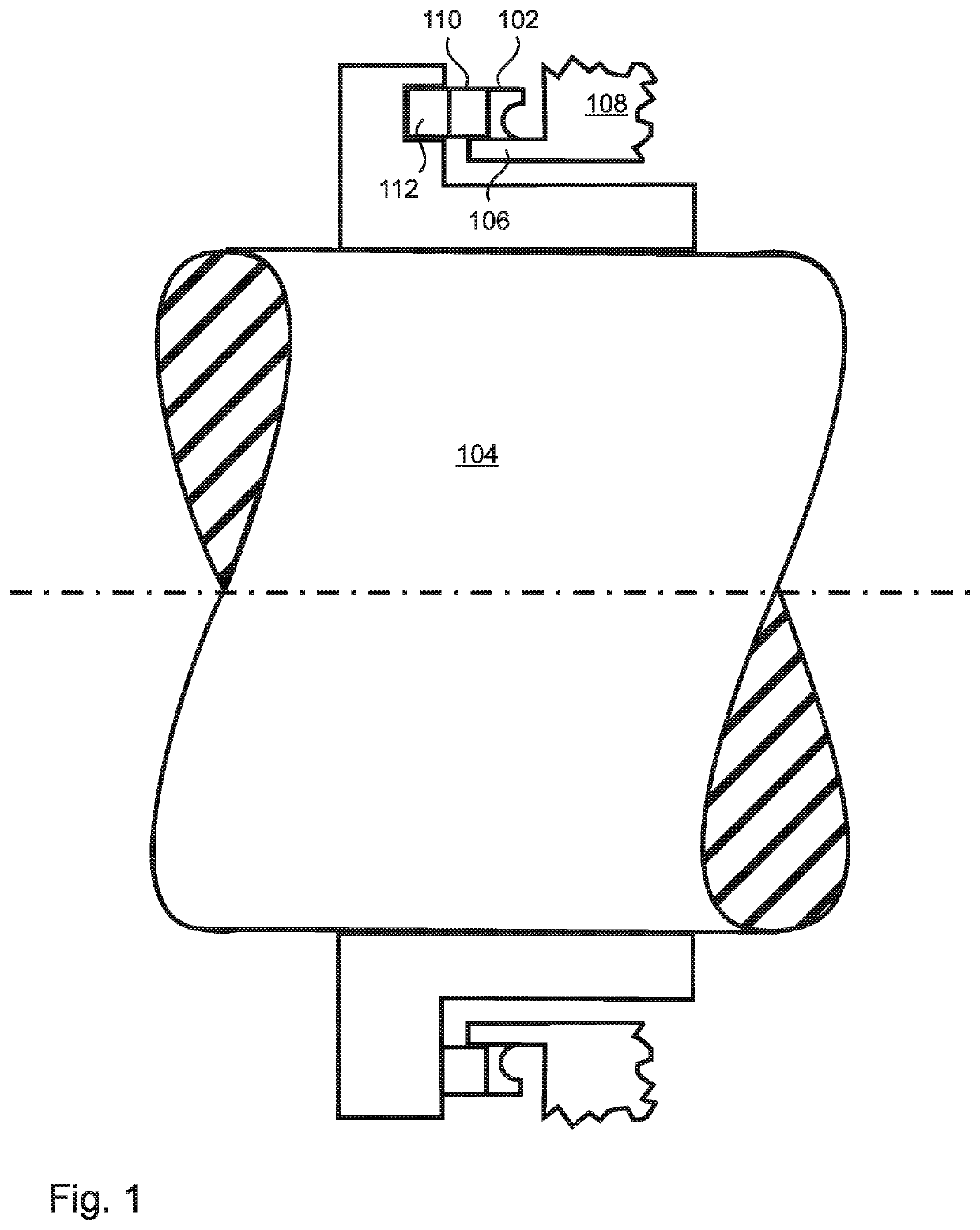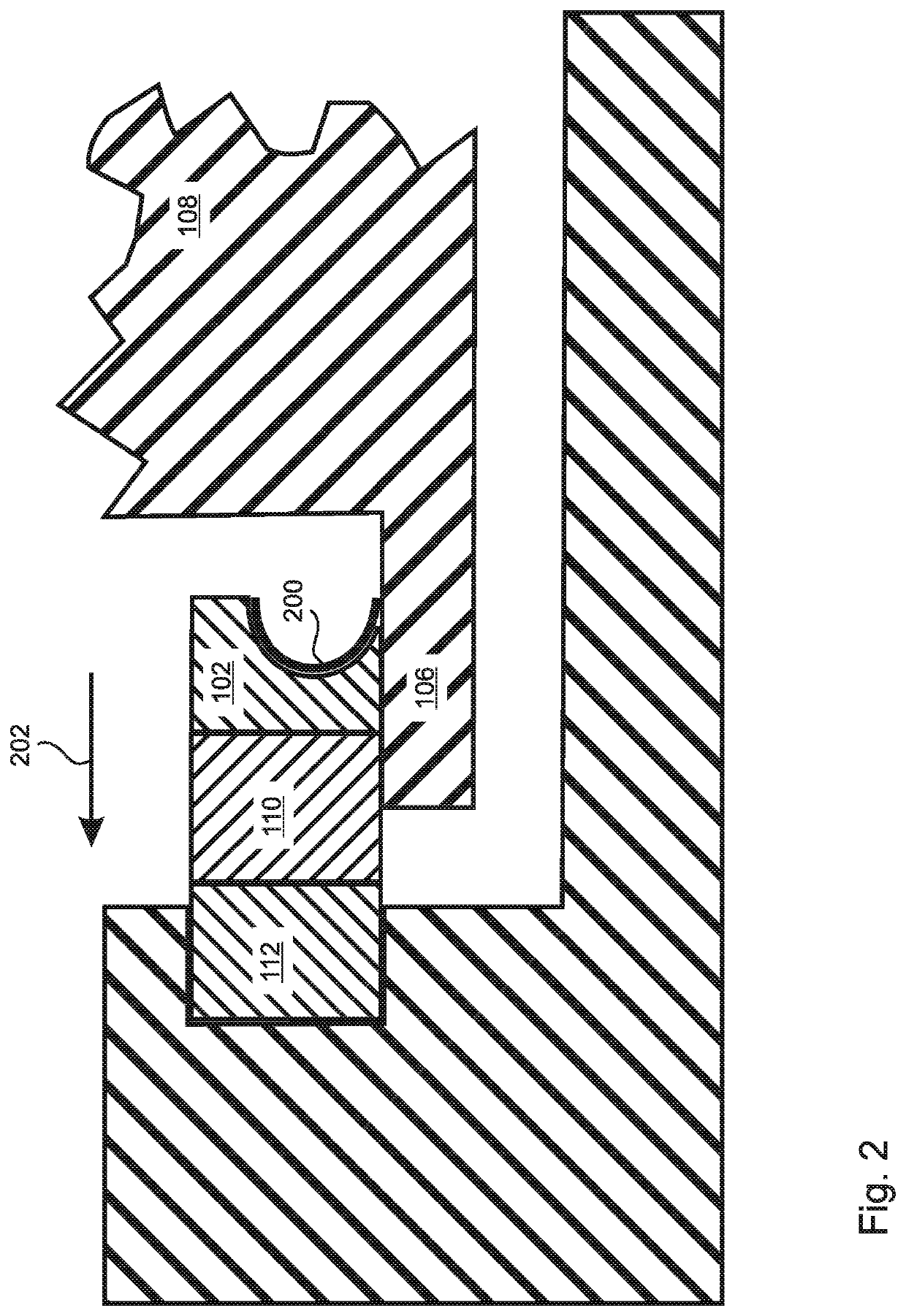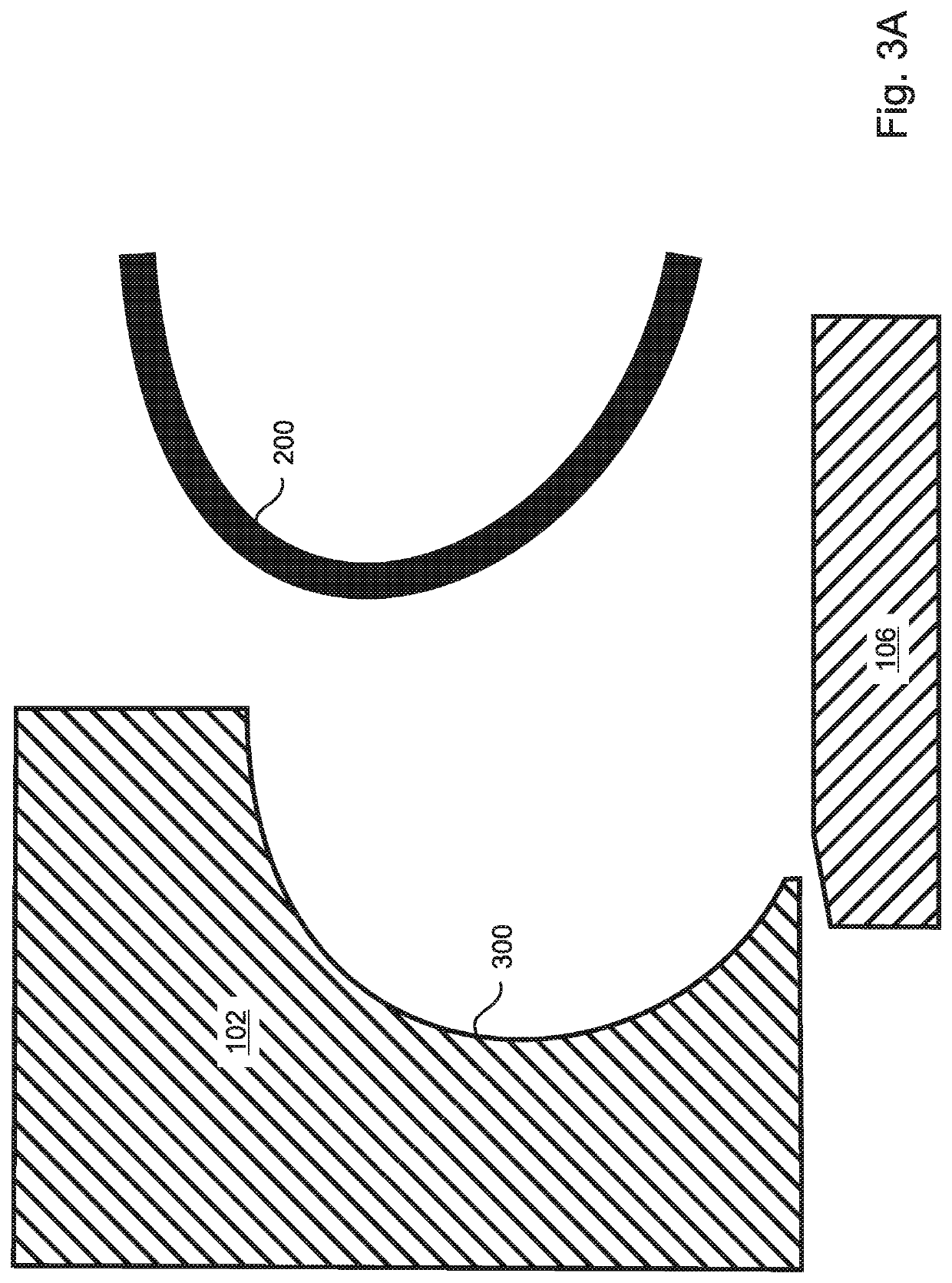Mechanical seal with high pressure high temperature secondary seal
a mechanical seal and high temperature technology, applied in the direction of engine seals, mechanical apparatus, engine components, etc., can solve the problems of not being able to permanently fix unable to achieve the effect of permanent fixing of the seal face to the shaft and housing, and using a secondary seal that includes a gasket and/or o-ring, etc., to achieve the effect of simple design, extended the operating temperature range of mechanical seals, and easy installation and removal
- Summary
- Abstract
- Description
- Claims
- Application Information
AI Technical Summary
Benefits of technology
Problems solved by technology
Method used
Image
Examples
Embodiment Construction
[0045]The present invention is a high temperature, high pressure static seal design that extends the operating temperature range of a mechanical seal beyond existing limits, and which preferably facilitates axial movement of an associated seal face. With reference to FIGS. 1 and 2, the novel seal design includes an annular sealing gasket 200 and a backing plate 102 that surround an underlying cylindrical sealing surface, which can be the outer surface of the rotating shaft 104 or of a collar 106 that surrounds the rotating shaft and is fixed to either the shaft 104 or to the housing 108. In the embodiment of FIGS. 1 and 2, the sealing surface is a collar 106 that surrounds the shaft 104, but is static and fixed to the housing 108. The backing plate 102 is sealed to an associated seal face 110, which in FIGS. 1 and 2 is the static seal face 110, which forms a seal with the other seal face 112, which in FIGS. 1 and 2 is the rotating seal face 112. Although no specific mechanism is sho...
PUM
| Property | Measurement | Unit |
|---|---|---|
| diameter | aaaaa | aaaaa |
| diameter | aaaaa | aaaaa |
| thickness | aaaaa | aaaaa |
Abstract
Description
Claims
Application Information
 Login to View More
Login to View More - R&D
- Intellectual Property
- Life Sciences
- Materials
- Tech Scout
- Unparalleled Data Quality
- Higher Quality Content
- 60% Fewer Hallucinations
Browse by: Latest US Patents, China's latest patents, Technical Efficacy Thesaurus, Application Domain, Technology Topic, Popular Technical Reports.
© 2025 PatSnap. All rights reserved.Legal|Privacy policy|Modern Slavery Act Transparency Statement|Sitemap|About US| Contact US: help@patsnap.com



